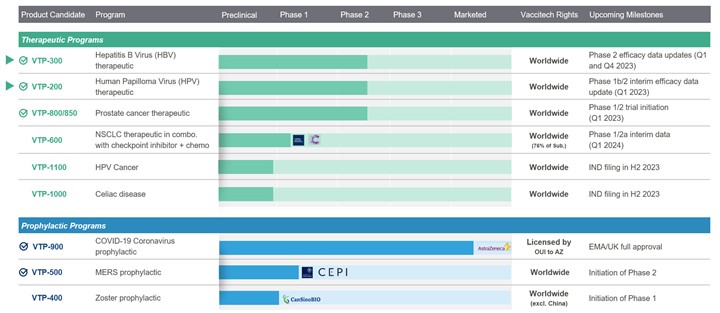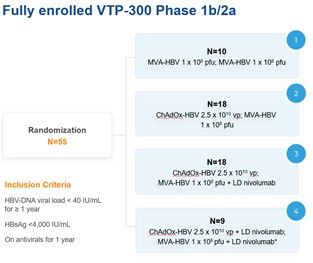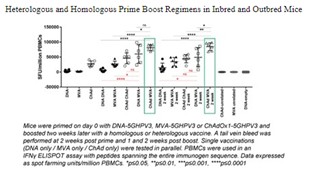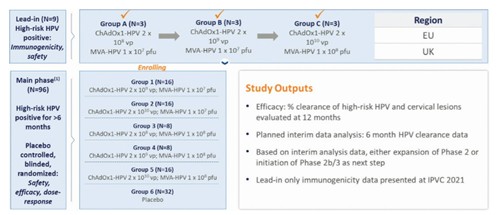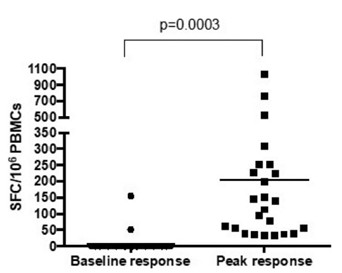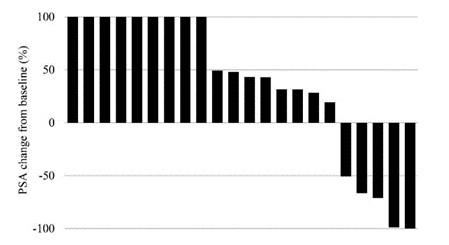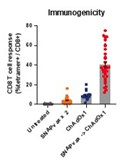diseases and cancer by using our proprietary platforms to develop product candidates that stimulate powerful, targeted immune responses against pathogens, infected cells, and tumor cells. We design these product candidates to stimulate immune responses that are robust, highly specific, and are differentiated by the magnitude of the T cell populations induced, which exhibit critical functionality and durability. In the field of autoimmunity, we use our proprietary platform to develop product candidates that are designed to induce regulatory T cells to suppress specific immune responses and prevent/reverse autoimmunity. We are focused on applying our platform capabilities and the expertise of our team to address significant unmet medical needs in two settings - the therapeutic setting, for the treatment of chronic infectious diseases, cancer, and autoimmunity and the prophylactic setting, for the prevention of infectious diseases, based on our platform’s ability to respond rapidly to epidemic and pandemic threats.
We have a broad pipeline of both clinical and preclinical stage therapeutic and prophylactic programs. Our current therapeutic programs include VTP-300 for the treatment of chronic hepatitis B infection, or CHB, VTP-200 for the treatment of human papilloma virus infection, or HPV, VTP-850 for the treatment of prostate cancer and VTP-600 for the treatment of non-small cell lung cancer, or NSCLC, VTP-1000 for treatment of celiac disease, and VTP-1100 for treatment of HPV-associated cancers. The latter two programs are designed to utilize our SNAPvax platform. Our current prophylactic programs include VTP-400 for the prevention of herpes zoster, or shingles, and VTP-500 for the prevention of Middle East respiratory syndrome, or MERS. In addition, we co-invented a COVID-19 vaccine with the University of Oxford, the rights to which we assigned to Oxford University Innovation, or OUI, to facilitate the license of those rights by OUI to AstraZeneca UK Limited, or AstraZeneca. The vaccine, formerly referred to as AZD1222, is now authorized for use under the marketing name Vaxzevria in a number of countries. AstraZeneca has exclusive worldwide rights to develop and commercialize Vaxzevria.
On May 4, 2021, we completed our initial public offering, or IPO, pursuant to which we issued and sold 6,500,000 American Depository Shares, or ADSs, at a public offering price of $17.00 per ADS, resulting in net proceeds of $102.8 million, after deducting underwriting discounts and commissions and offering expenses. Prior to our IPO, we funded our operations primarily from private placements of our ordinary and preferred shares, private placements of loan notes convertible into ordinary shares, as well as from grants and licensing agreements, research tax credit payments, investments from non-controlling interest, and a $2.4 million upfront payment from OUI in July 2020 in connection with the Amendment, Assignment and Revenue Share Agreement, or the OUI License Agreement Amendment, related to the licensing of the COVID-19 vaccine, Vaxzevria. We do not expect to generate revenue from any of our own product candidates, excluding Vaxzevria, until we obtain regulatory authorization for one or more of such product candidates, if at all, and commercialize our products, or we enter into out-licensing agreements with third parties. Substantially all of our net losses have resulted from costs incurred in connection with our research and development activities and from general and administrative costs associated with our operations.
On March 28, 2022, pursuant to the OUI License Agreement Amendment, we were notified of the commencement of payments, arising from AstraZeneca’s commercial sales of Vaxzevria. Under the terms of an exclusive worldwide license agreement between OUI and AstraZeneca, we understand OUI is entitled to milestone payments and royalties on commercial sales of Vaxzevria that began after the pandemic period. As part of the assignment from us to OUI, we are entitled to receive approximately 24% of payments received by OUI from AstraZeneca. For the year ended December 31, 2022, we recognized approximately $43.7 million as revenue (year ended December 31, 2021: $nil). There is, however, no guarantee or expectation that such payments will continue in the future and, if they do, that we will be notified of such payments in a timely manner.
On August 9, 2022, we filed a Registration Statement on Form S-3, as amended, or the Shelf, with the Securities and Exchange Commission in relation to the registration and potential future issuance of ordinary shares, including ordinary shares represented by ADSs, debt securities, warrants and/or units of any combination thereof in the aggregate amount of up to $200.0 million. The Shelf was declared effective on August 17, 2022. We also simultaneously entered into a sales agreement with Jefferies LLC, as sales agent, providing for the offering, issuance and sale by us of up to an aggregate of $75.0 million of our ordinary shares represented by ADSs from time to time in “at-the-market” offerings under the Shelf. As of December 31, 2022, we sold 307,139 ordinary shares represented by ADSs under the sales agreement, amounting to gross proceeds of $0.7 million.
We have incurred net losses each year since inception through to December 31, 2021. For the year ended December 31, 2022, we generated net income of $5.3 million, primarily as a result of revenues arising from AstraZeneca sales of Vaxzevria and our agreement with OUI. For the year ended December 31, 2021, we incurred net losses of $51.1 million. As of December 31, 2022 and 2021, we had an accumulated deficit of $103.2 million and $108.6 million, respectively, and we do not currently expect profits or positive cash flows from operations in the foreseeable future. We expect to incur net operating losses for at least the next several years as we advance our product candidates through clinical development, seek regulatory approval, prepare for approval, and in some cases proceed to commercialization of our product candidates, as well as continue our research and development efforts and invest to establish a commercial manufacturing facility, as and when appropriate.
